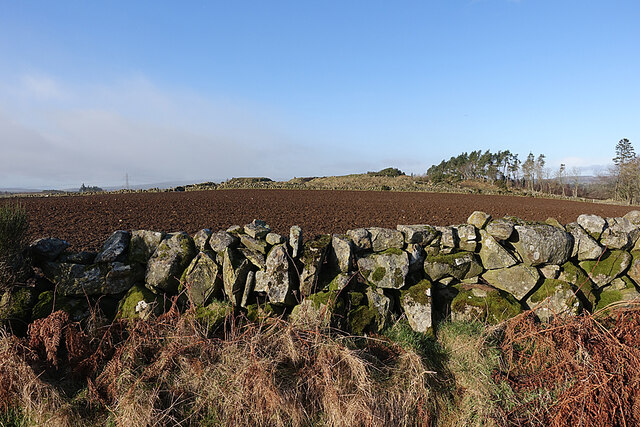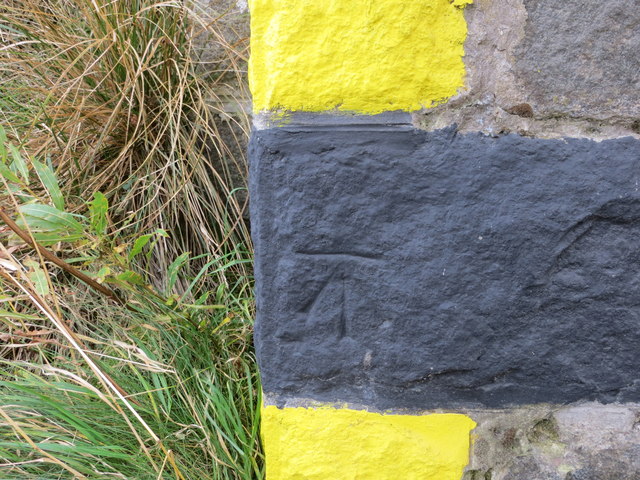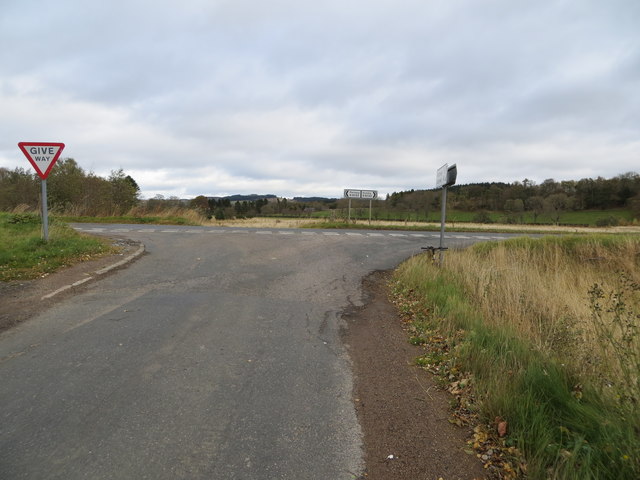Wood of Avochie
Wood, Forest in Aberdeenshire
Scotland
Wood of Avochie

Wood of Avochie, located in Aberdeenshire, Scotland, is a picturesque forest renowned for its natural beauty and rich biodiversity. Stretching over an area of approximately 400 hectares, the wood is a haven for nature enthusiasts and a popular destination for hikers, birdwatchers, and photographers.
The wood boasts a diverse range of tree species, with stands of native Scots pine, birch, and oak dominating the landscape. These trees provide a habitat for a wide variety of wildlife, including red squirrels, roe deer, and numerous bird species such as woodpeckers and crossbills.
Traversing through the wood, visitors can explore a network of well-maintained trails that wind their way through the enchanting forest. These paths offer stunning vistas and lead to hidden gems, such as secluded waterfalls and tranquil ponds. The wood is especially captivating during autumn when the foliage transforms into a kaleidoscope of vibrant colors, creating a breathtaking spectacle.
Wood of Avochie also holds historical significance, with remnants of ancient settlements and stone circles scattered throughout the area. These archaeological sites provide a glimpse into the lives of the people who once inhabited the region centuries ago.
Managed by the local authorities, the wood is a protected area, ensuring the preservation of its natural beauty and biodiversity for future generations to enjoy. Whether one seeks solace in nature, wishes to observe wildlife, or simply desires a peaceful retreat, Wood of Avochie is a must-visit destination for anyone seeking a connection with the Scottish countryside.
If you have any feedback on the listing, please let us know in the comments section below.
Wood of Avochie Images
Images are sourced within 2km of 57.501662/-2.7685594 or Grid Reference NJ5445. Thanks to Geograph Open Source API. All images are credited.











Wood of Avochie is located at Grid Ref: NJ5445 (Lat: 57.501662, Lng: -2.7685594)
Unitary Authority: Aberdeenshire
Police Authority: North East
What 3 Words
///prancing.painted.going. Near Huntly, Aberdeenshire
Nearby Locations
Related Wikis
Rothiemay railway station
Rothiemay railway station served the village of Milltown of Rothiemay, Aberdeenshire, Scotland from 1856 to 1968 on the Great North of Scotland Railway...
Avochie Castle
Avochie Castle is a ruined tower house, dating from the 16th century, or early 17th century, around 4.5 miles (7.2 km) north of Huntly, east of the river...
River Isla, Moray
The River Isla (Scottish Gaelic: Uisge Ìle) is a tributary of the River Deveron in North-East Scotland. The area surrounding it is known as Strathisla...
Mountains Burn
Mountains Burn is a burn which marks the boundary of the parish of Huntly, Aberdeenshire, Scotland. == References ==
Nearby Amenities
Located within 500m of 57.501662,-2.7685594Have you been to Wood of Avochie?
Leave your review of Wood of Avochie below (or comments, questions and feedback).









